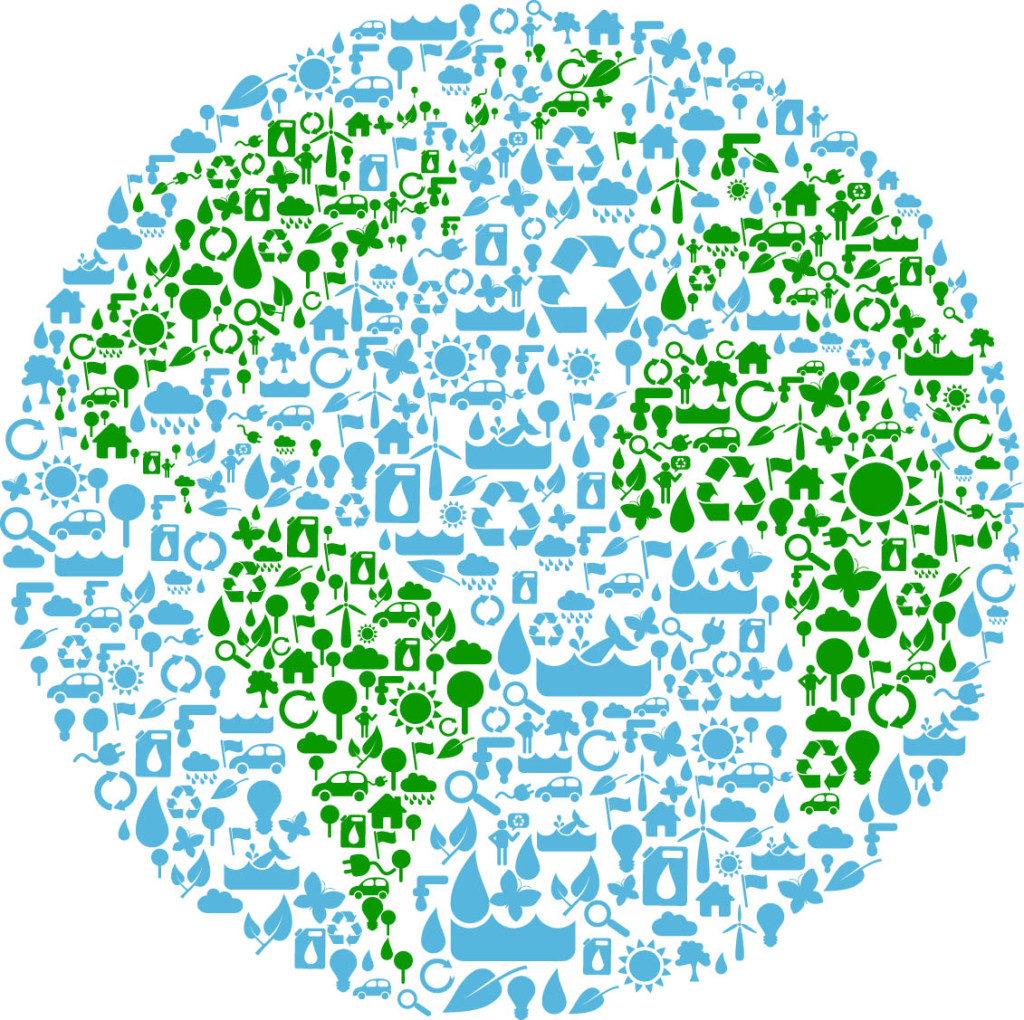“You eat. Willingly or not, you participate in the environment of food choice. The choices you makes about food are as much about the kind of world you want to live in as they are about what to have for dinner. Food choices are about your future and that of your children.”
Follow these steps to create a more environmentally friendly diet.
Eat Less Meat
Eating more plants and less meat is possibly the single best thing you can do for the environment. Livestock accounts for 20% of greenhouse gases according to the United Nations. That is more then all the cars, SUVS, trailers, planes, ocean freighters, and any other transport activity combined.
Eat Real Food (minimally processed foods)
The less processing a food undergoes the less energy and resources are required to manufacture, package, and ship the item.
Read more on how to eat foods that are best for the planet here in this book The Planet Friendly Diet.
Buy Local
Or at least close to home. Clearly, the closer you source your produce from home the less travel is required. This also applies to super foods. The Acai berry is sourced from the Amazon and is rich in anthocyanins, fiber, potassium, and magnesium. Blueberries and pomegranates found in America are also rich in those nutrients. The closer we get to home the better. Visit www.localharvest.org to find a farmers market near you.
Eat Foods that are In-Season
Eating in-season foods means eating fresher foods. They have just been harvested and have spent less time traveling and in storage.
Learn to Preserve
Preserve fresh fruits and vegetables by canning, drying, and freezing them for future use. That way when you crave strawberries in the middle of December, you have access to local and “in season” produce. Do your own canning at home with this Canning Kit and Set of Canning Jars
.
Buy in Bulk
Buying in bulk means less packaging. 30% of consumer waste is packaging material. Buy meat, cheese, fruits, and vegetables in bulk and preserve what can’t be used in reusable containers.
Use Reusable Bags
Replacing cloth bags for your grocery needs, reduces the amount of paper and plastic bags found in landfills each year. In New York City, one less grocery bag per person would reduce waste by 5 million pounds. Try these Mesh Reusable Produce Bags for your produce, and these Colorful Eco Shopping Bags
for your groceries.
Buy Organic
The largest green benefit from eating organic is the elimination of fossil fuels needed to produce, manufacture, ship, and apply fertilizers and pesticides to crops.
Drink Smart
Use a reusable water bottle and drink from a tap or filter. It is estimated that only 20% of water bottles were recycled and the rest ended in a landfill. The production of plastic bottles also requires 50 million barrels of oil annually which doesn’t include the transportation. I like these Soft Squeeze Filter Bottles by Brita or this Reusable 24-Ounce Cold Tumbler
for when I am just around the house or want to go to Starbux or Jamba Juice for a smoothie – don’t be shy to bring your own cup to these places.
Plan, Plan, and Plan
Save time, energy, and gas. Planning meals ensures less trips to the grocery store and less food waste.




Leave a Reply